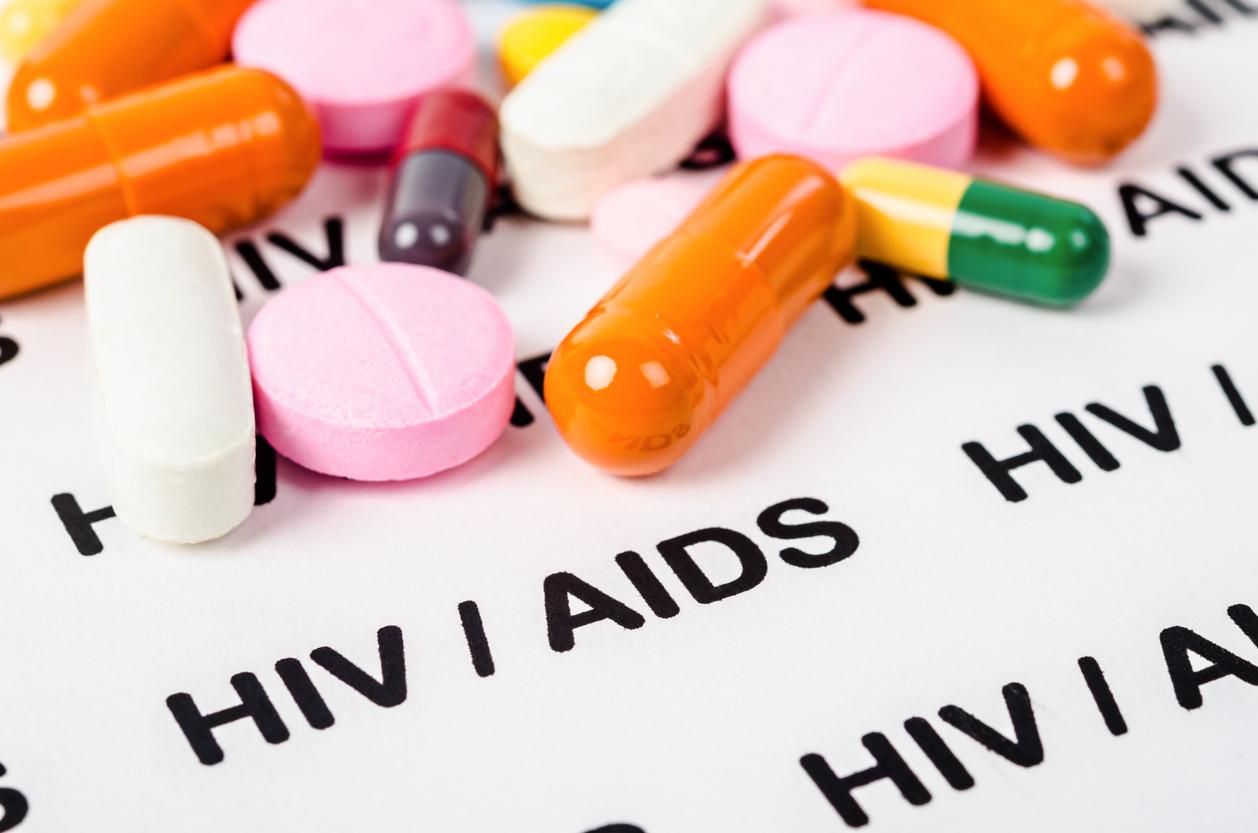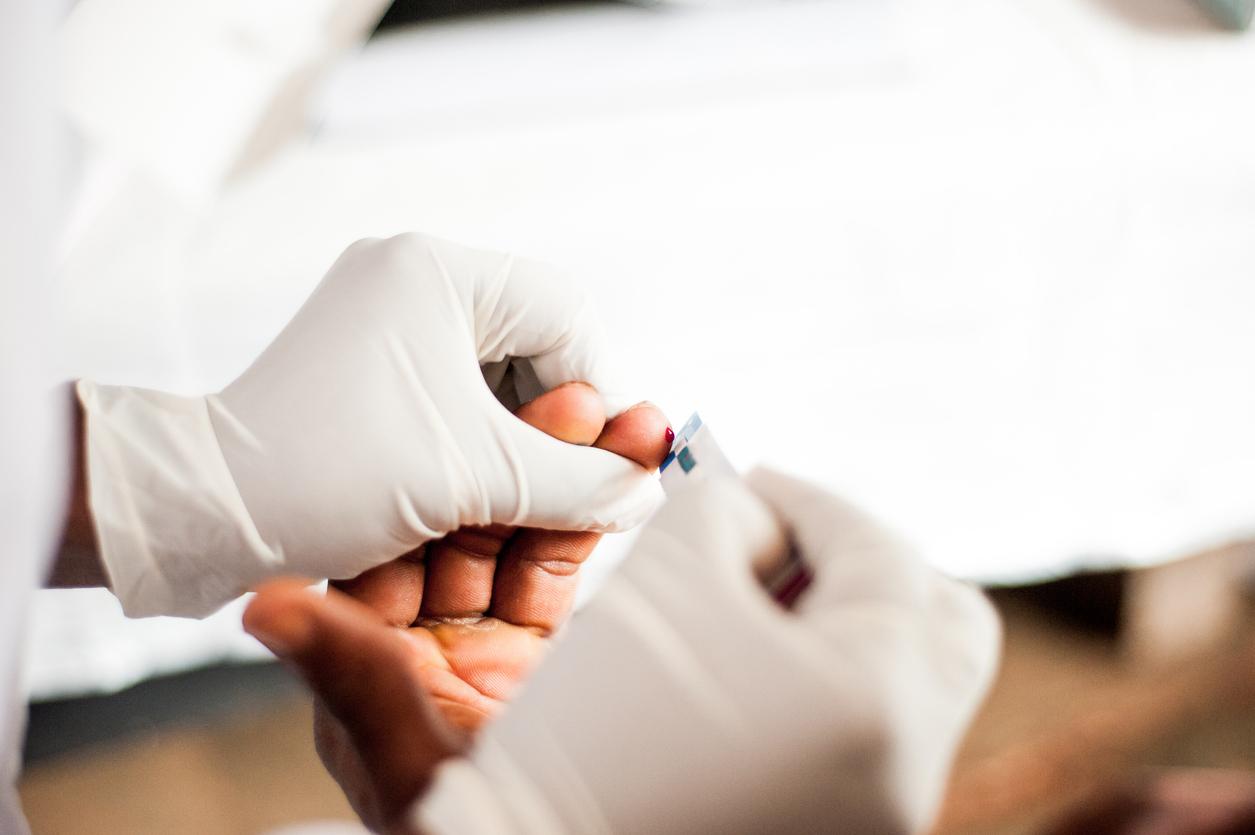The anti-retroviral tenofovir gel has been shown to be effective in protecting men at high risk from HIV, on the other hand, the results were not convincing in women, according to the results of the clinical trial (Caprisa) carried out in 2010 with South African women published in the science medical journal.
The clinical trial (Caprisa) was set up to assess the effectiveness of the anti-retroviral tenofovir gel in South African women to prevent HIV transmission. During the study, the researchers observed that tenofovir in gel form applied before and after intercourse reduced the rate of infection with HIV by 39%. To understand this low rate of protection, the researchers conducted a more specific study with a subgroup of infected women, despite regular use of the gel.
Vaginal bacteria destroy the protective action of the gel
Among the samples analyzed, the researchers identified two main vaginal bacterial compositions in women, one dominated by the bacteria Lactobacillus, the other by Gardnerella vaginalis.
They found that the most commonly infected women had a dominant bacteria in their vaginas called Gardnerella vaginalis, which quickly breaks down the active compounds in tenofovir.
This bacteria is often involved in infections of the benign female genital organs such as vulvitis and vaginitis.
“Even if tests show that a woman’s vagina is dominated by the Gardnerella vaginalis bacterium, it remains to be seen whether a change in the composition of her vaginal microbiome is lastingly possible with treatment to boost the effectiveness of the microbicidal gel” , explain the authors of this perspective, Susan Tuddenham and Khalil Ghanem of Johns Hopkins School of Medicine in Baltimore, Maryland.
Read also:
HIV: all the questions we ask ourselves
Sidaction: the French still poorly informed about AIDS
AIDS: the life expectancy of patients has increased by 10 years

















